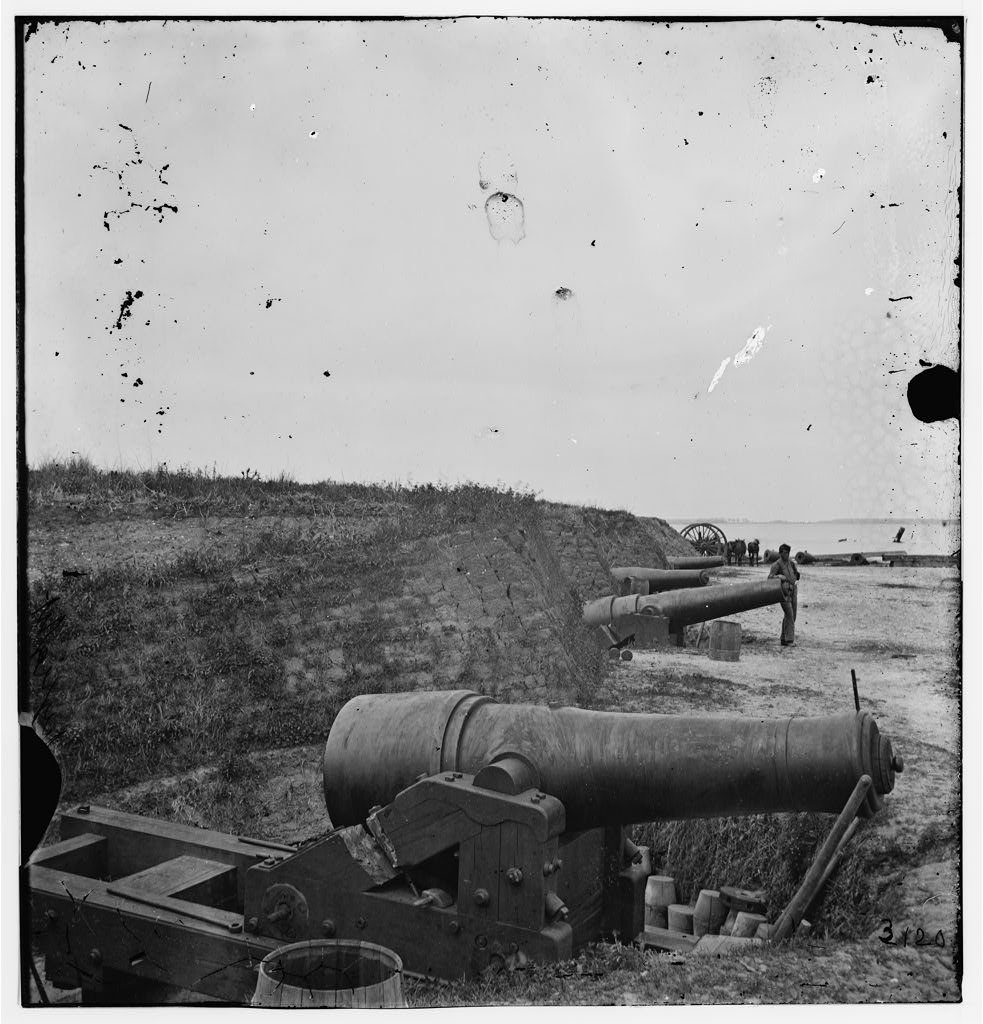
Fort Johnson in 1865
Fort Johnson, which dated to colonial times, had fired the "signal" mortar round at the beginning of the Bombardment of Fort Sumter, and which had been a major component of the defenses of Charleston harbor - especially after the reduction of Fort Sumter, was photographed in 1865. These photos, available in high resolution on the Library of Congress website, show the four heavy cannons facing the shipping channel, along with carriages, implements, projectiles, and more.

The Cannons at Fort Fisher
The Second Battle of Fort Fisher was fought from January 13th - 15th, 1865. This post gives an overview of the major types of heavy cannons present in the fort and aboard the fleet. The cannons pictured include Columbiads, Brooke Rifles, Dahlgren Cannons, and Parrott Rifles.

10-Inch Confederate Columbiad at the South Carolina Military Museum
Bellona Foundry 10-Inch Columbiad Number 22 is displayed at the South Carolina Military Museum in Columbia, South Carolina. This Columbiad, cast in 1863, was part of the defenses of Charleston, sold for scrap after the war, lost in a shipwreck, and recovered and conserved in the 21st Century.
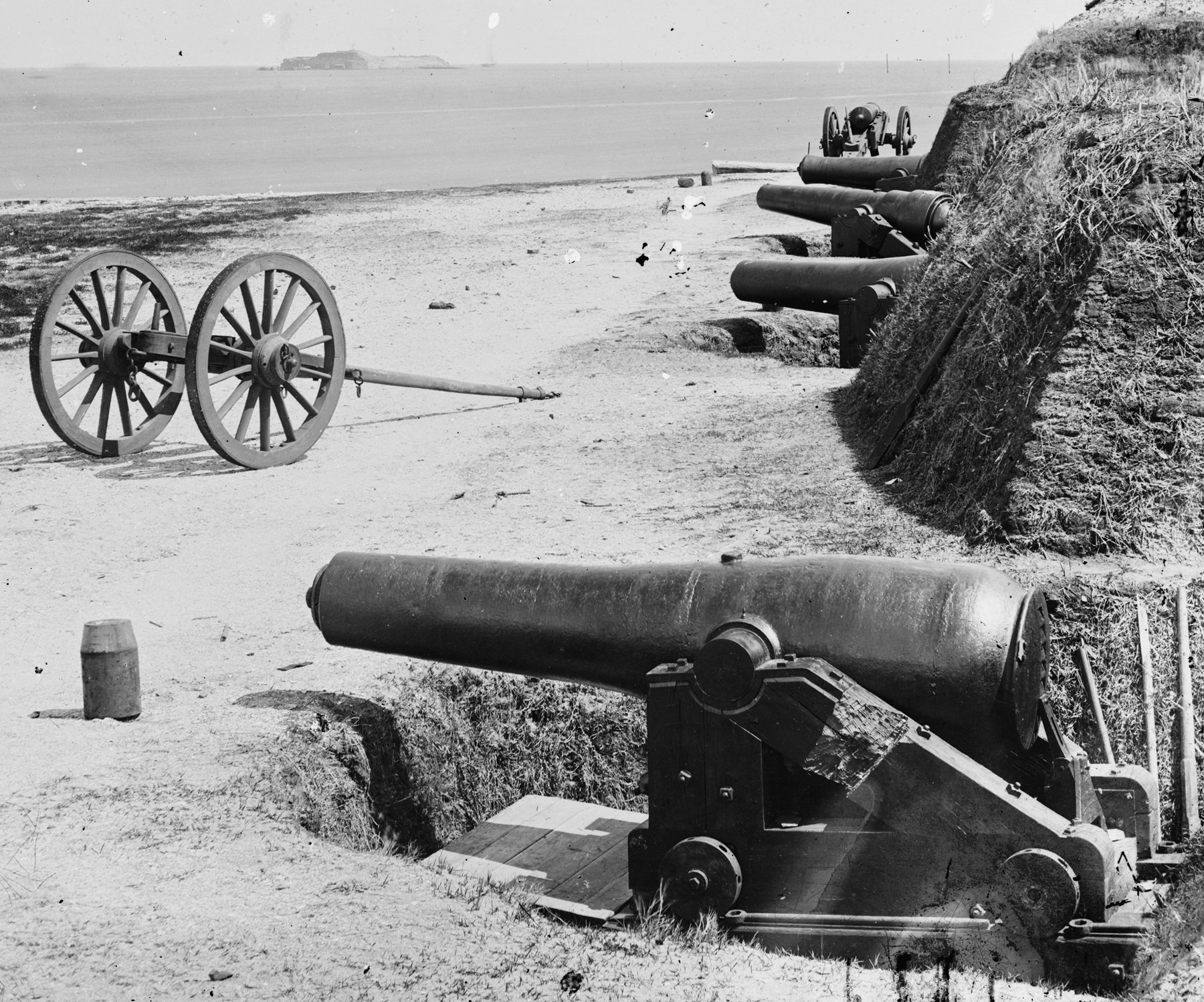
Heavy Artillery of the Confederacy in the American Civil War
This post is an overview of the major types and systems of heavy naval and seacoast artillery operated by the Confederate Army and Confederate Navy during the American Civil War. The principle types used were: Pre-War US Army cannons and Columbiads, Pre-War US Navy cannons and Dahlgren guns, Confederate Columbiads, Brooke Rifles and Smoothbores, banded and rifled cannons, and British rifles.

The 10-Inch Confederate Columbiad at Fort Macon
An original 10-Inch Confederate Columbiad is displayed at Fort Macon on Bogue Banks in North Carolina. While Fort Macon mounted two such cannons during the war, this particular Columbiad was mounted at Charleston, was sold for scrap after the Civil War, was shipped and lost aboard the schooner Philadelphia, and was recovered off the coast of South Carolina in the 2010s.

The Cannons of Fort Macon
Fort Macon on Bogue Banks in North Carolina is a beautifully preserved and restored Third System fort which has been operated as a state park since 1924. Over the last decades the Friends of Fort Macon have raised money to rearm the fort and in so doing has made a very significant contribution to the historical interpretation of the fort. For those who are interested in American Seacoast Artillery, Fort Macon is a fascinating site to visit.
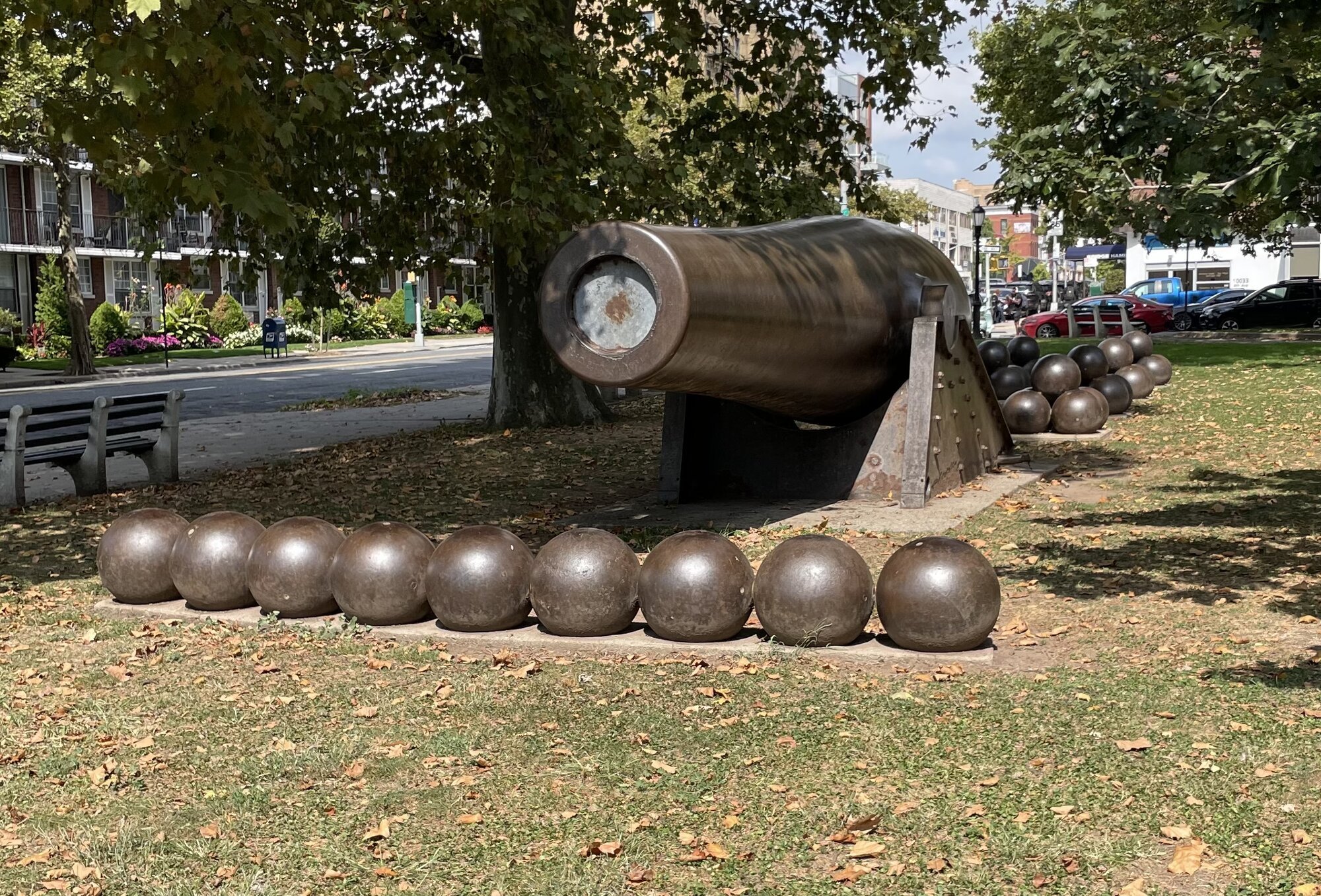
20-Inch Rodman of Fort Hamilton, New York
A 20-Inch Rodman Gun is displayed at Fort Hamilton in Brooklyn, New York. This type was the largest cannon manufactured by the United States during the American Civil War. These photos were provided by another individual and are used with permission.

10-Inch Rodman of Middlebury, Vermont
A 10-Inch Rodman is displayed in Middlebury, Vermont.
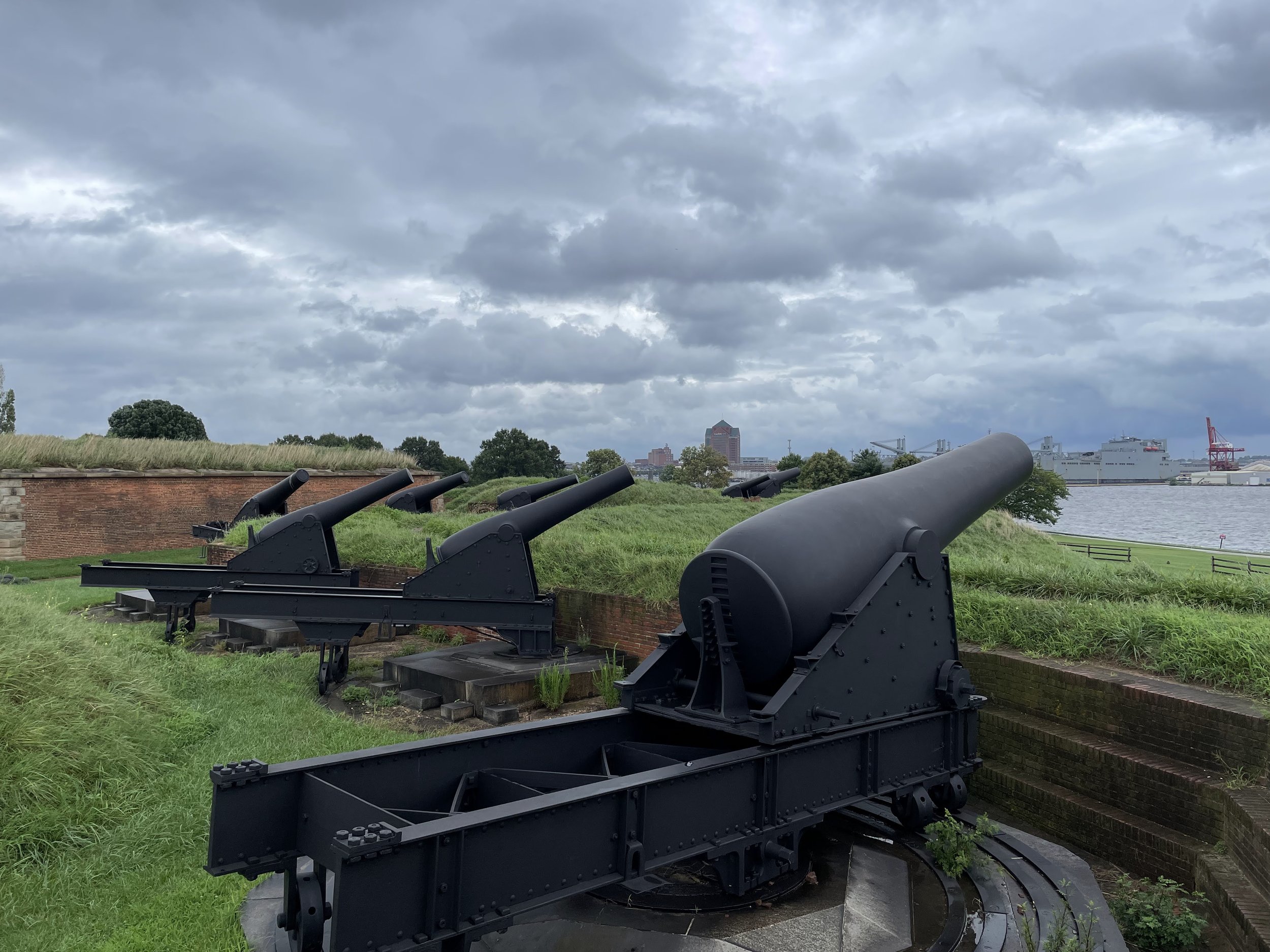
The Rodmans of Fort McHenry
Displayed at Fort McHenry near Baltimore, Maryland are three types of Rodman guns: 8-Inch Smoothbores, 8-Inch Rifles converted in the 1870s from 10-Inch Smoothbores, and 15-Inch Smoothbores. Taken together this is an impressive display of the Rodman type gun of the US Army during and after the American Civil War.
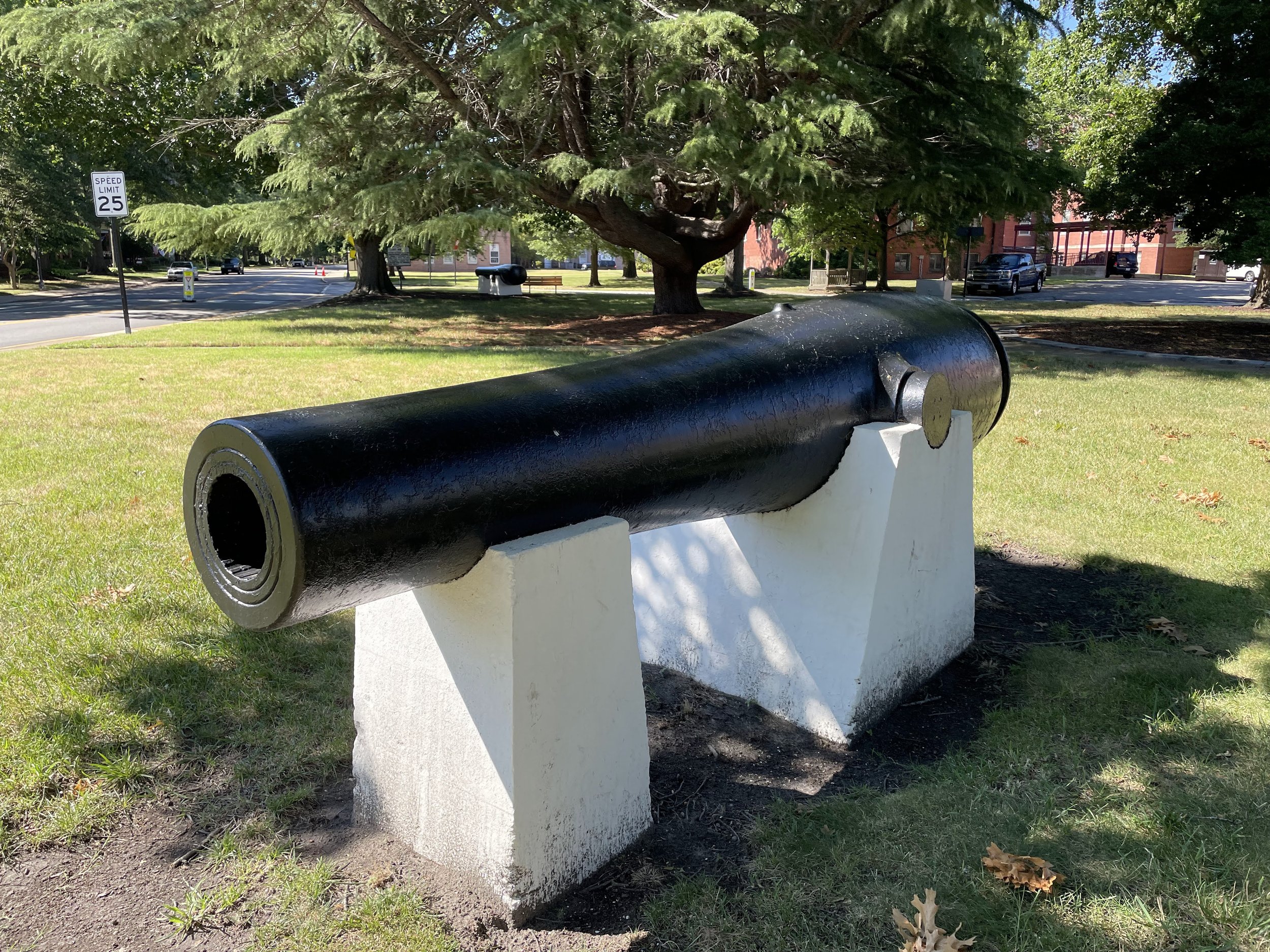
10-Inch Rodman and 8-Inch Rodman Rifle Conversions at Fort Monroe
Three 10-Inch Rodmans (two of which were converted to 8-Inch Rifles after the Civil War) are displayed at Fort Monroe in Virginia.
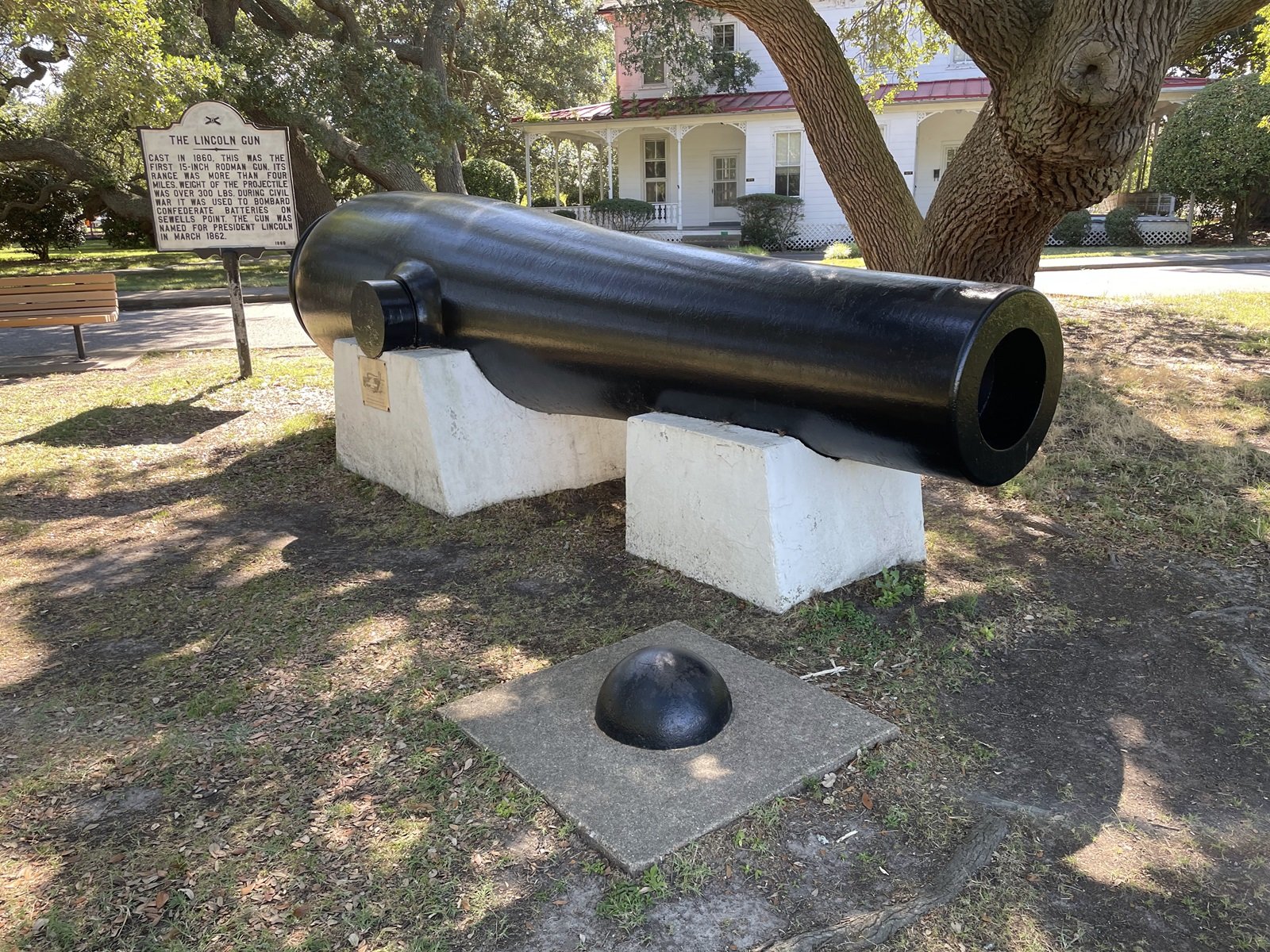
The Lincoln Gun - Prototype 15-Inch Rodman at Fort Monroe
The “Lincoln Gun”, the prototype 15-Inch Rodman gun is preserved at Fort Monroe in Virginia.
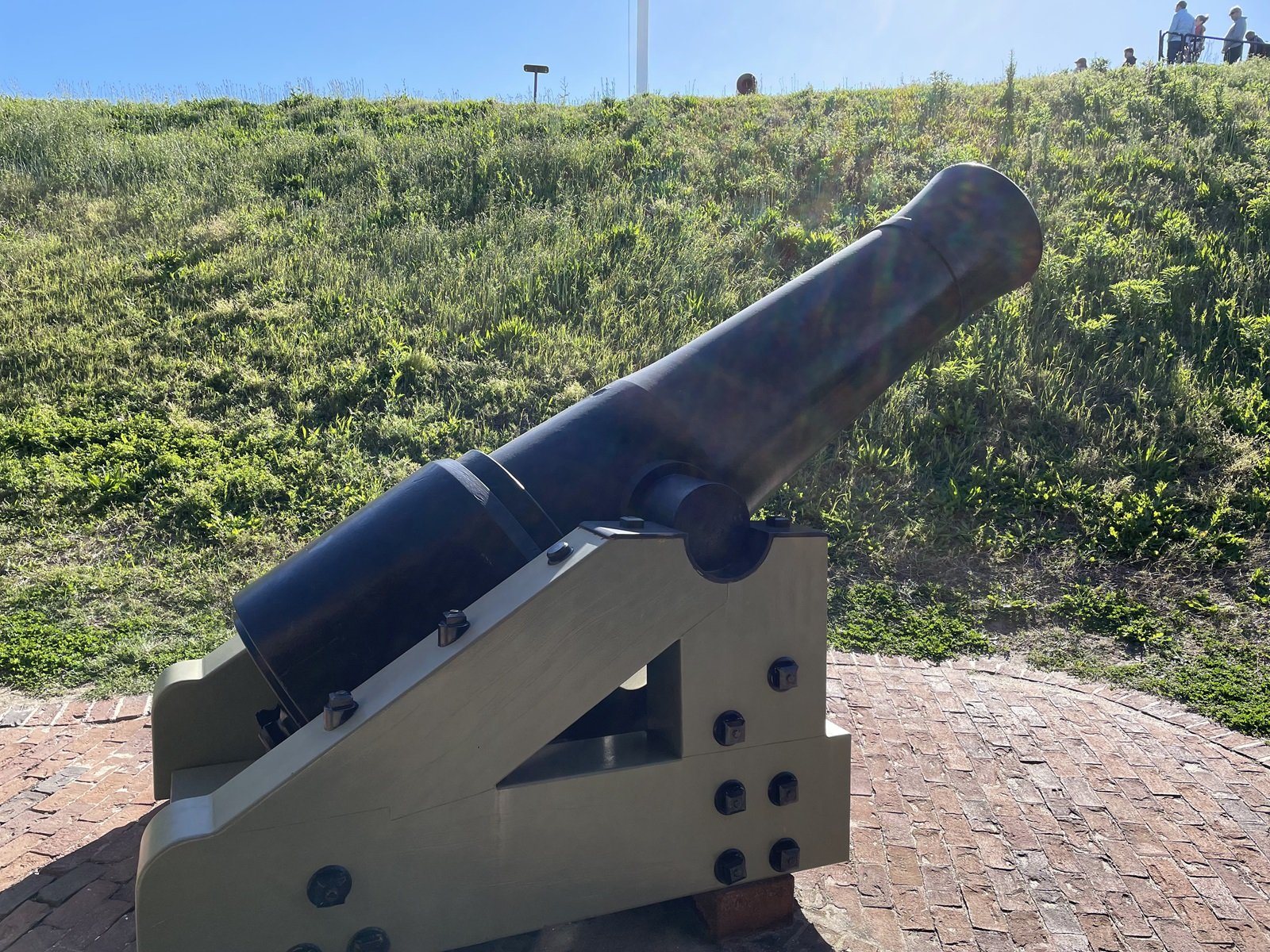
10-Inch Model 1844 Columbiad, Banded and Rifled, at Fort Sumter
A 10-Inch Columbiad Model 1844 which was banded and rifled by the Confederates is displayed at Fort Sumter.

10-Inch Confederate Columbiads at Fort Moultrie
Four 10-Inch Confederate Columbiads are on display at Fort Moultrie near Chareston, South Carolina. US Army 10-Inch Rodman guns are also present allowing the visitor to compare the two types.
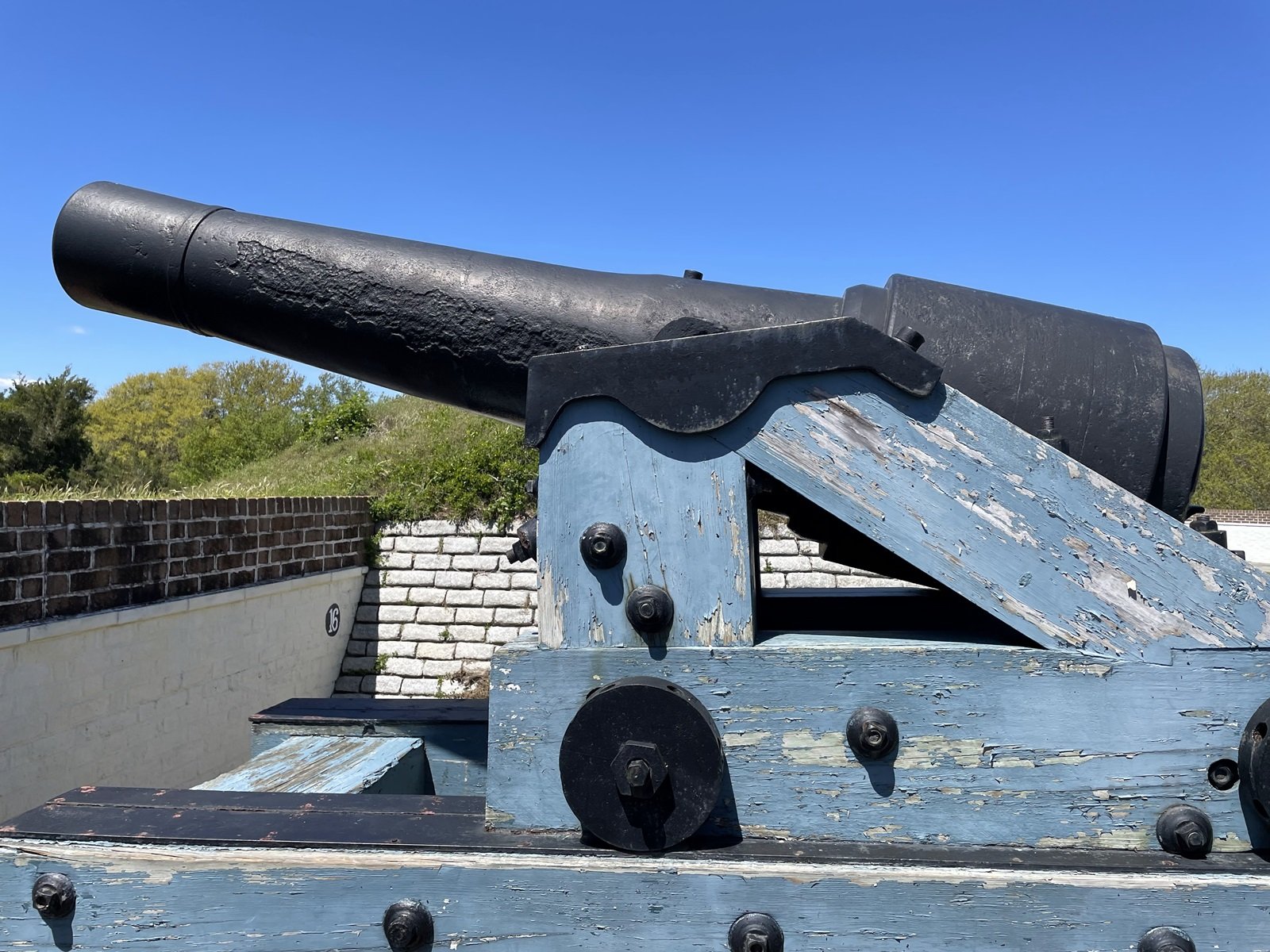
8-Inch Columbiad, Model 1857, at Fort Moultrie
An 8-Inch Columbiad, Model of 1857, which was banded and rifled by the Confederates is displayed at Fort Moultrie near Charleston, South Carolina. This rare cannon is one of only two or three of the type still in existence.

10-Inch Columbiad, Model 1844, in Willoughby, Ohio
A 10-Inch Columbiad, Model 1844, preserved in a park in Willoughby, Ohio.

10-Inch Columbiad, Model 1844, Banded and Rifled at Fort Moultrie
A 10-Inch Columbiad, Model 1844, which was rifled, banded, and equipped with a bronze trunnion band is preserved at Fort Moultrie near Charleston, South Carolina.

Admiral Dahlgren, USS Harvest Moon, and the Columbiads of Winyah Bay
On February 28th, 1865, Admiral John Dahlgren visited a captured fort guarding Winyah Bay near Georgetown, SC. Principle among the cannons which he described were two 10-inch Columbiads. You may visit Battery White and two Columbiads which Admiral Dahlgren saw in 1865.
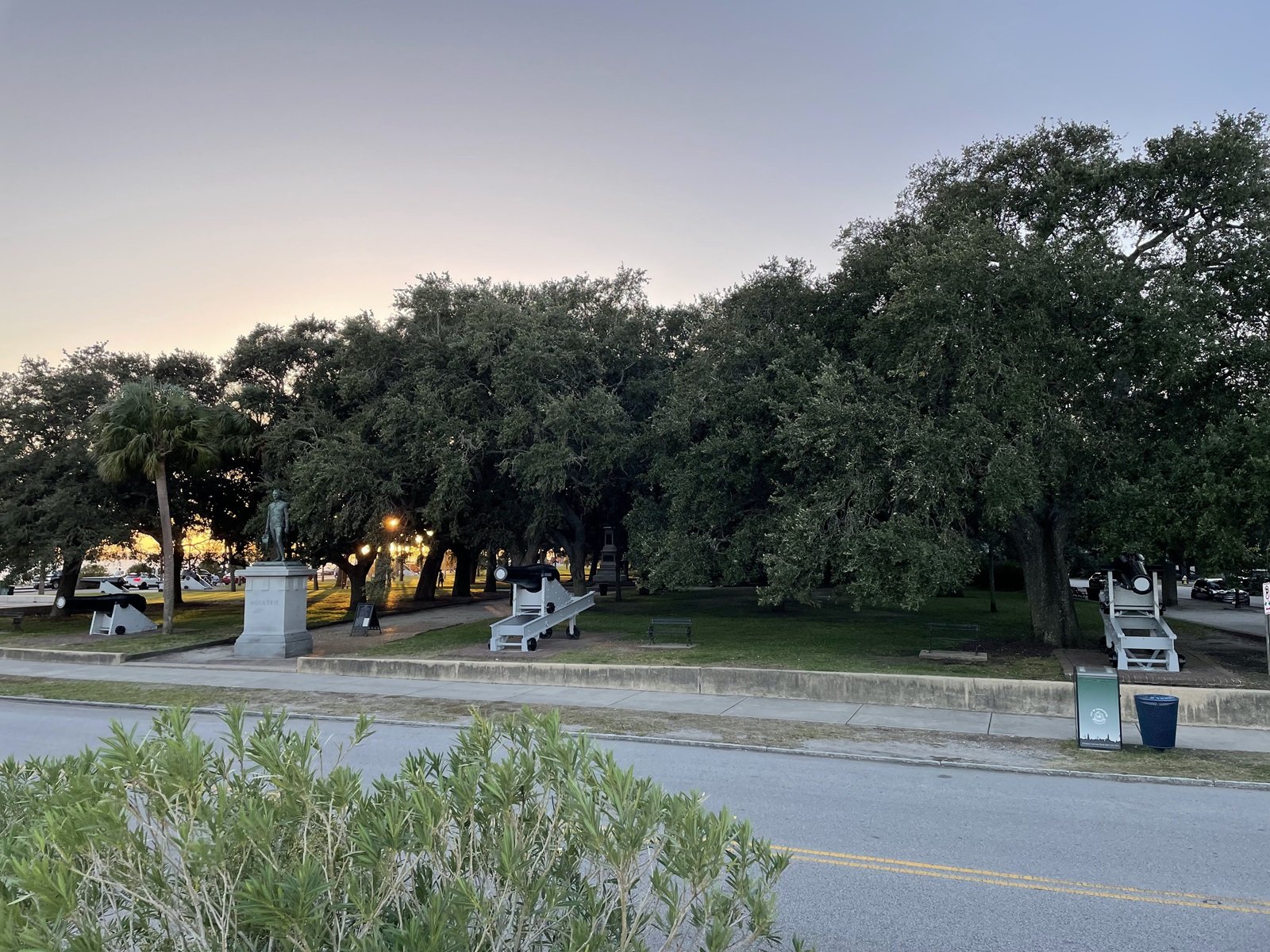
“The Battery” at White Point Gardens - Then and Now
Explore early 20th Century (1900-1910) and present day views of the American Civil War Cannons at White Point Gardens in Charleston.

8-inch Rodman in Newton, NC
An 8-inch Rodman cast in 1865 for the United States Army is preserved in Newton, NC.

10-Inch Confederate Columbiads at White Point Garden
Two 10-Inch Confederate Columbiads have formed part of “The Battery” at White Point Gardens since 1900.